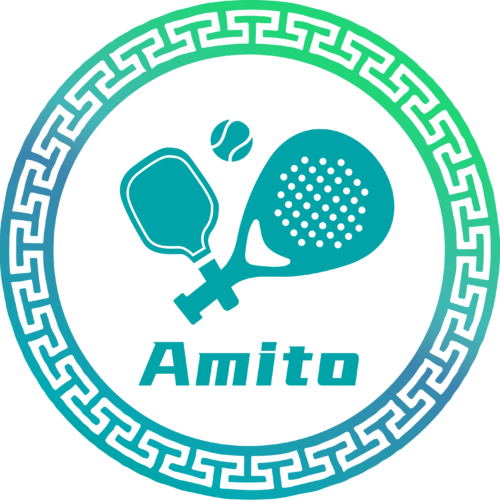Is There Really a Difference in Pickleball Paddles? Unveiling the Truth
If you’ve recently dived into the world of pickleball, you might have found yourself standing in front of a wall of paddles at the sports store, wondering, “Is there really a difference in pickleball paddles?” The short answer is a resounding yes! Pickleball paddles are not one – size – fits – all, and understanding the variations can significantly impact your game. In this blog post, we’ll explore the key factors that set pickleball paddles apart, helping you make an informed choice for your next match.
Material Matters: The Foundation of Performance
One of the most significant differences between pickleball paddles lies in the materials they are made of. The two primary components to consider are the core and the face material.
- Core Materials: The core is the heart of the paddle, influencing its weight, feel, and power. Polypropylene honeycomb cores are extremely popular. They offer a great balance between power and control, with excellent shock absorption that reduces the risk of “pickleball elbow.” Foam cores, on the other hand, are softer and lighter. Paddles with foam cores are ideal for players who prefer more finesse and control, especially when executing delicate shots like drop shots and soft dinks.
- Face Materials: The face material affects the paddle’s spin, durability, and overall performance. Graphite – faced paddles are highly regarded for their ability to generate maximum spin. The smooth and hard surface of graphite allows players to impart more rotation on the ball, giving them an edge in aggressive play. Fiberglass – faced paddles, meanwhile, are more forgiving and offer good durability. They are a great option for beginners or players on a budget, as they can withstand the rigors of regular play without breaking the bank.
Shape and Size: Tailoring to Your Playing Style
Pickleball paddles come in various shapes and sizes, each designed to suit different playing styles and preferences.
- Shape: Rectangular paddles are the most common. They provide a larger sweet spot, which is beneficial for players who want more consistency in their shots. On the other hand, elongated or paddle – shaped paddles offer increased reach and leverage, making them a favorite among players who focus on long – range shots and volleys. Some paddles also have rounded edges, which can reduce the risk of snagging during play and are preferred by players who value a smooth, fluid motion.
- Size: Paddle size is measured by length, width, and thickness. Larger paddles generally have a bigger sweet spot, making it easier to make solid contact with the ball. However, they can also be heavier and less maneuverable. Smaller paddles are more agile, allowing for quick, precise shots, but they may have a smaller sweet spot. Thicker paddles often provide more power and better shock absorption, while thinner paddles offer more control and a faster response.
Grip and Handle: Comfort for Extended Play
The grip and handle of a pickleball paddle can make a world of difference, especially during long matches. Grips come in different textures, thicknesses, and materials. A textured grip provides better traction, preventing the paddle from slipping out of your hand, even when you’re sweating. Thicker grips can be more comfortable for players with larger hands or those who prefer a more cushioned feel, while thinner grips offer a more direct connection to the paddle, allowing for better control.
The length of the handle also matters. Some players prefer longer handles, which allow for a two – handed grip, providing more stability and power for certain shots. Shorter handles, on the other hand, are more suitable for players who rely on a one – handed grip and value quick, single – handed maneuvers.
Brand and Price: Quality and Affordability
Finally, different brands offer paddles with varying levels of quality, innovation, and price points. Well – established brands often invest in research and development, using advanced materials and manufacturing techniques to create high – performance paddles. These paddles may come with a higher price tag but can offer superior durability, performance, and features.
However, there are also many great budget – friendly options on the market. Newer or lesser – known brands may offer paddles that provide excellent value for money, with decent performance and quality. When choosing a paddle based on brand and price, it’s essential to read reviews, compare features, and consider your own budget and playing needs.
In conclusion, there is indeed a significant difference in pickleball paddles. From materials and shape to grip and brand, each aspect plays a crucial role in determining the paddle’s performance and how well it suits your individual playing style. By understanding these differences, you can find the perfect pickleball paddle that will not only enhance your game but also make your time on the court more enjoyable. So, the next time you’re in the market for a new paddle, armed with this knowledge, you’ll be able to make a choice that’s right for you.
